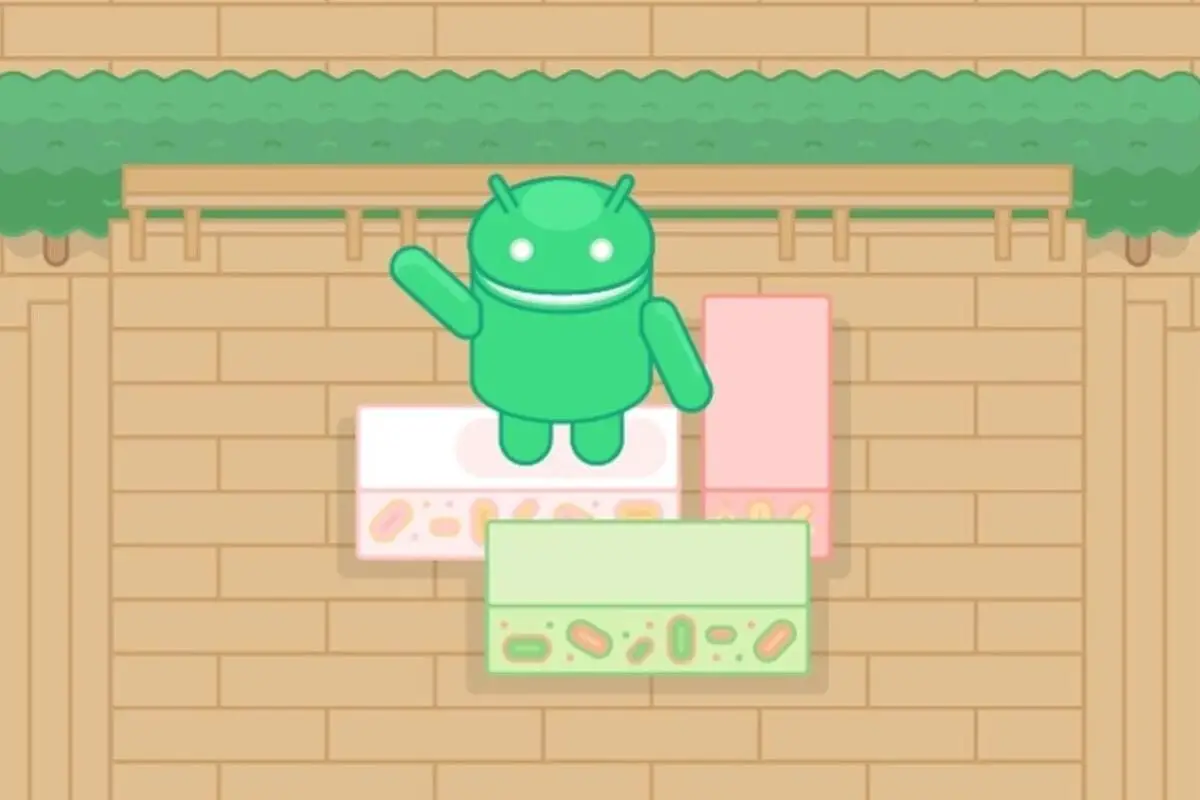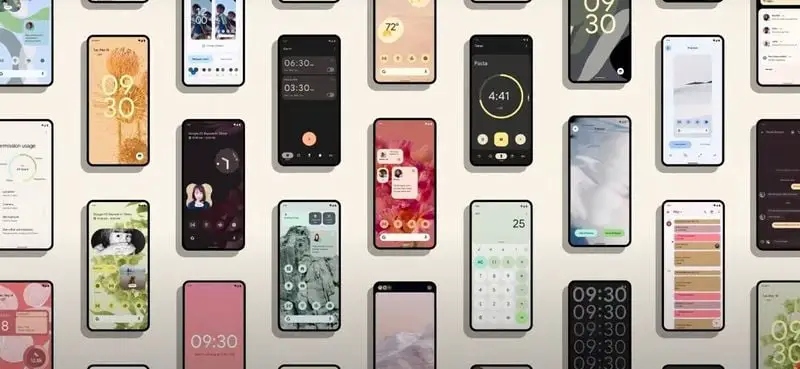The 2021 Google I/O, for the first time completely free and virtual, kicked off yesterday, leaving us with a lot of new Android and other Google products. Here we summarize all the news that Google has presented at the 2021 I/O so far.
The 2021 Google I/O is not over yet: it will last until tomorrow, although the first day was the one chosen by the company to drop information bombs such as the beta of Android 12 or the announcement of the union of Tizen and Wear OS. And this is just the tip of the iceberg of everything announced during Google I/O.
Google I/O 2021, all the news: Android 12, Wear OS, Android Auto, Google Photos, Google Maps, and more.It was expected, and it arrived. The first beta version of Android 12 focused on end-users and not developers is already available for a handful of phones from Google, Xiaomi, and OPPO, ASUS, ZTE, OnePlus, and Realme: in some of them it can be installed now; for others, it will arrive later.
We knew many of the new features of Android 12 thanks to the betas for developers, but Google had saved for today’s event all the details of its radical redesign that arrives as the evolution of Material Design: Material You.
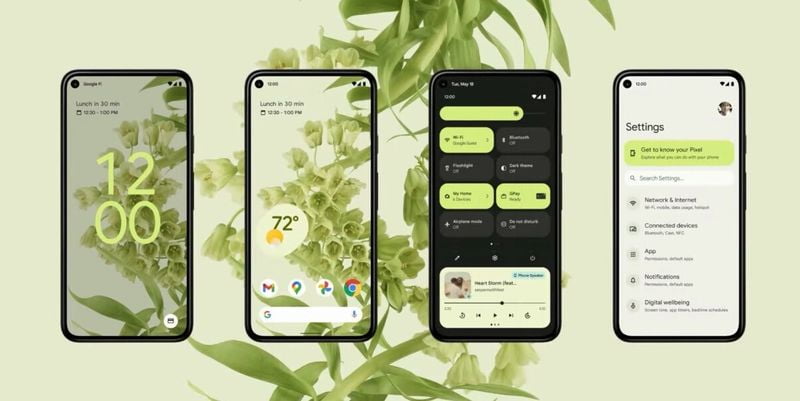
In Material You, practically all the interface elements have been redesigned, giving greater prominence to color, which is applied to practically all the interface elements and changes automatically according to the system’s wallpaper.
Another new feature of Android 12 that we didn’t know about until now – at least officially – is the new privacy panel, a centralized place to see what system permissions each app is using. It is complemented by discreet warnings on the screen when an app uses sensitive permissions -such as the camera or microphone- and being able to block permissions to the camera or microphone completely from the quick settings.
Another new feature coming with the Android 12 beta is the approximate location permission, which joins the previous changes to allow access to the location once or while using the app. The idea is simple: you’ll be able to choose whether you want to give your precise or approximate location to an app.
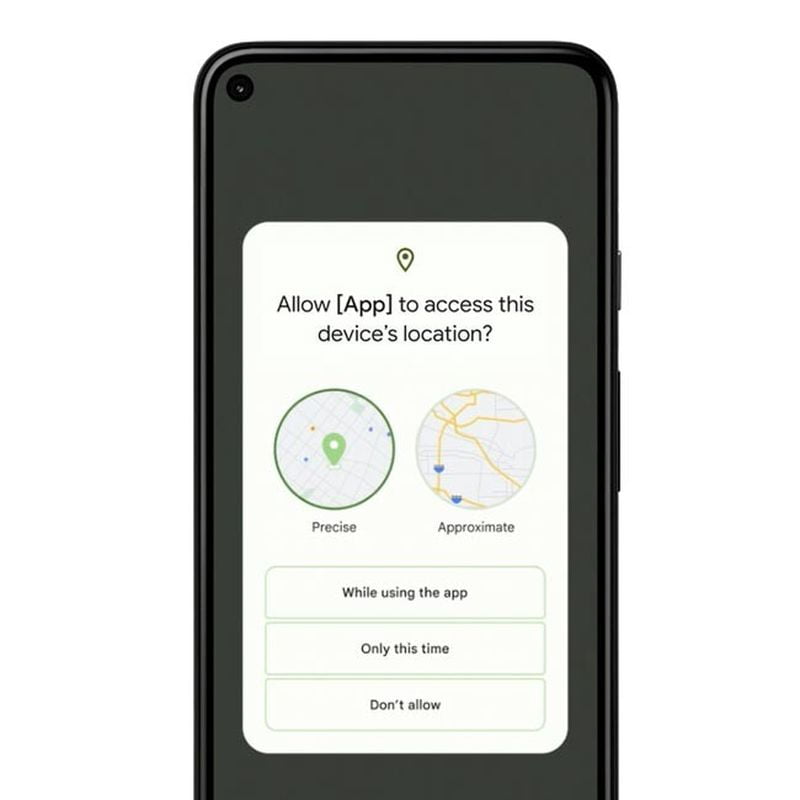
Added to these changes are improvements to system animations, which Google claims are now smoother and apply to more interface elements. Other internal changes and performance optimizations mean, according to Google, a 15% reduction in the load on the CPU’s high-performance cores.
Android Auto
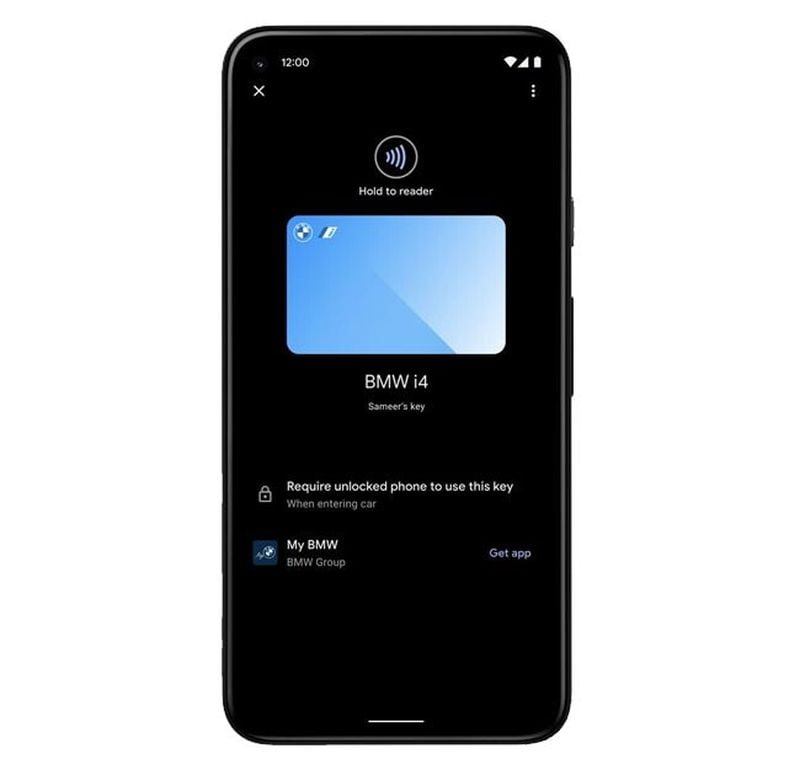
Android in vehicles has also had a good dose of news during Google I/O. For starters, Android Automotive, the Android operating system that is integrated into the car instead of being sent from the cell phone, continues to gain followers. We will see it in the future in vehicles from GM, Volvo, BMW, Porsche, and Renault.
Another new feature coming to cars will be support for Fast-Pair, which will be supported in Ford and BMW cars. Fast Pair is a system for easily pairing Bluetooth headsets and recently added support for a hundred or so headsets.
Finally, Google has announced that you will soon be able to use your phone to open the car door, at least, if you meet the requirements: Android 12, a Pixel phone, or some Samsung models and have a car that supports it. Google is working with BMW and other manufacturers to implement support using UWB technology.
Android TV
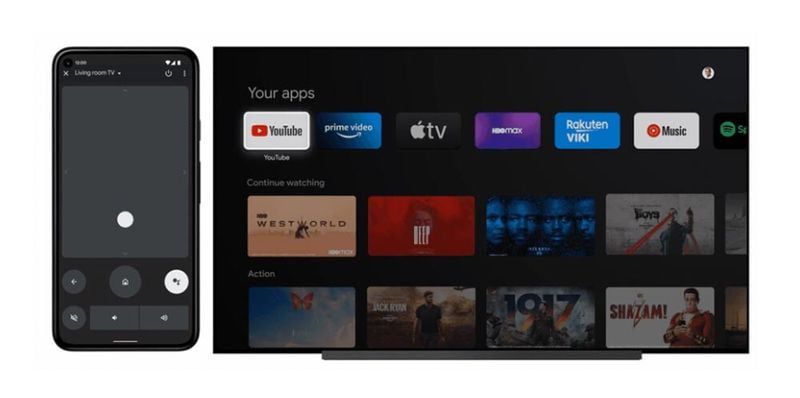
The leak of a few months ago is confirmed, the old remote control application for Android TV has its days numbered. Android will integrate the remote control feature by the end of the year and compatible with the more than 80 million Android TV and Google TV devices on the market.
The remote control will be included as part of Google Home and will do the same thing the current remote control app does but in a revamped form. You’ll be able to use your phone to type, move around the interface, use the Assistant and other functions.
Wear OS
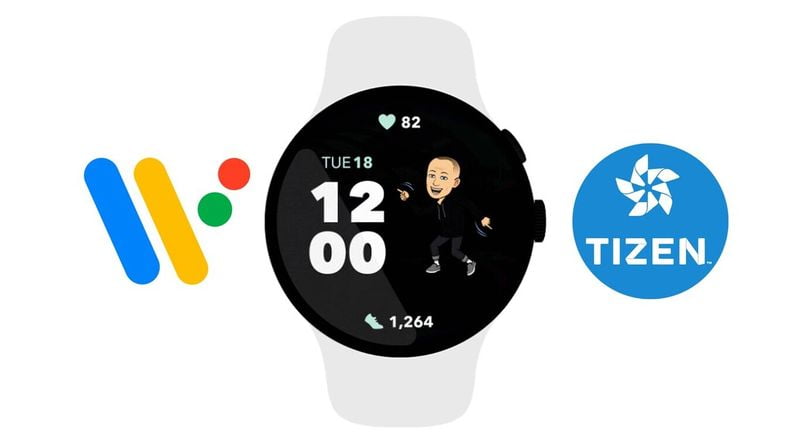
Big changes are coming for Wear OS: Google and Samsung are joining forces to combine the best of Wear OS and Tizen. We don’t have many details yet on what we can expect from this union, but whatever comes out of this synergy will still be called Wear OS and will continue to support all current Wear OS apps.
Under this union, Google is looking for more speed, the adoption of a new navigation system focused on gestures and physical buttons, the integration of some Fitbit services, and Samsung Galaxy screens will be integrated into this new Wear OS. We will probably know more about the fruits of this union in the coming months.
Assistant and search engine
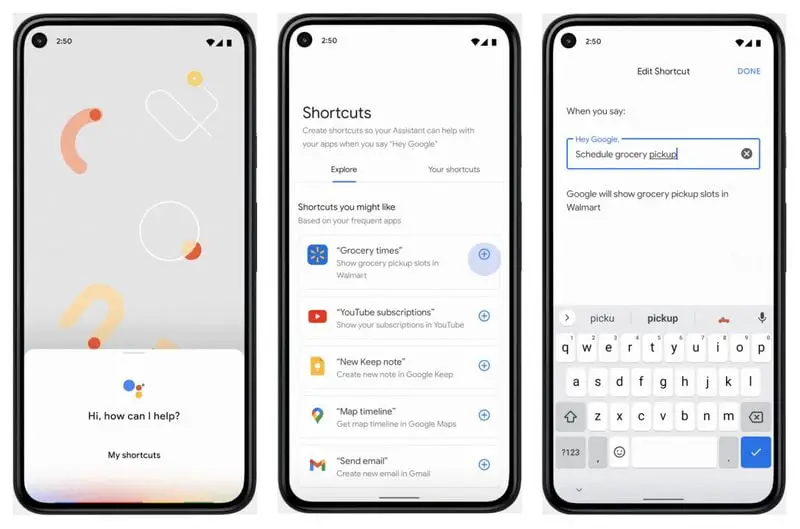
It would not be a Google I/O without news applied to the Google Assistant, the star of a good number of editions. This year, Google has announced improved app integration in Google Assistant through shortcuts. Shortcuts are already available, but Android 12 will make it easier to find them by recognizing them and automatically adding them to the application.
A new feature that will undoubtedly give a lot of play is that Google Assistant will support third-party widgets, something that until now was exclusive to its content. That is, we can expect a much more visual and interactive integration of content from third-party applications, directly in the results of the Google Assistant.
As for the search engine itself, new privacy-based controls will be added, including the possibility of a quick delete that will erase your last fifteen minutes of activity from your Google account.
Google Chrome
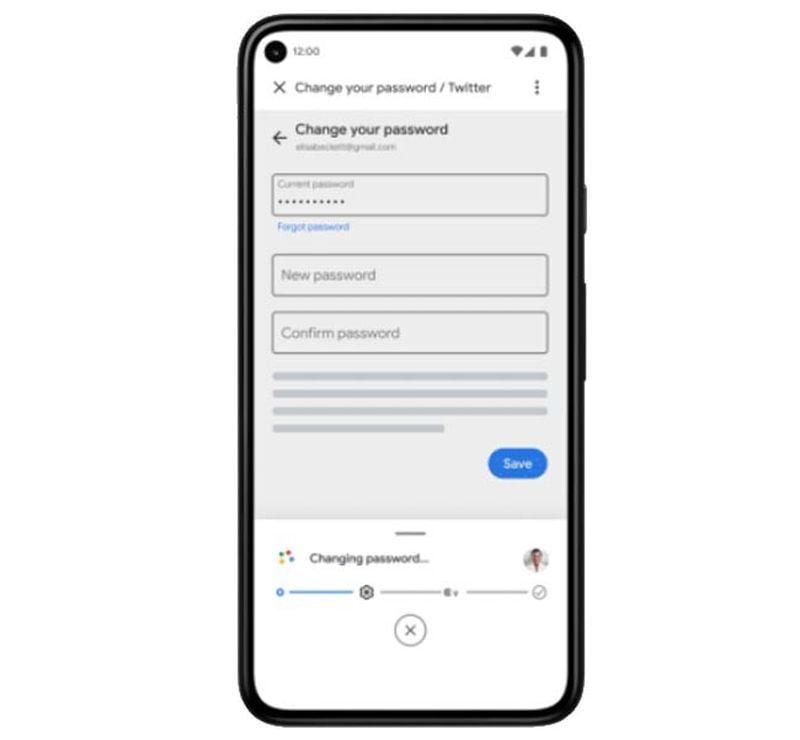
Changes and improvements are coming to the password manager that Google integrates into Google Chrome. In addition to warning you when your passwords are at risk, you will be able to fix your compromised passwords faster, almost automatically.
The new feature will start to be activated first in the United States and will work as follows: when Chrome finds a password that may have been compromised, the Google Assistant will provide a button to change the password directly, without having to open the website in question.
Google Photos
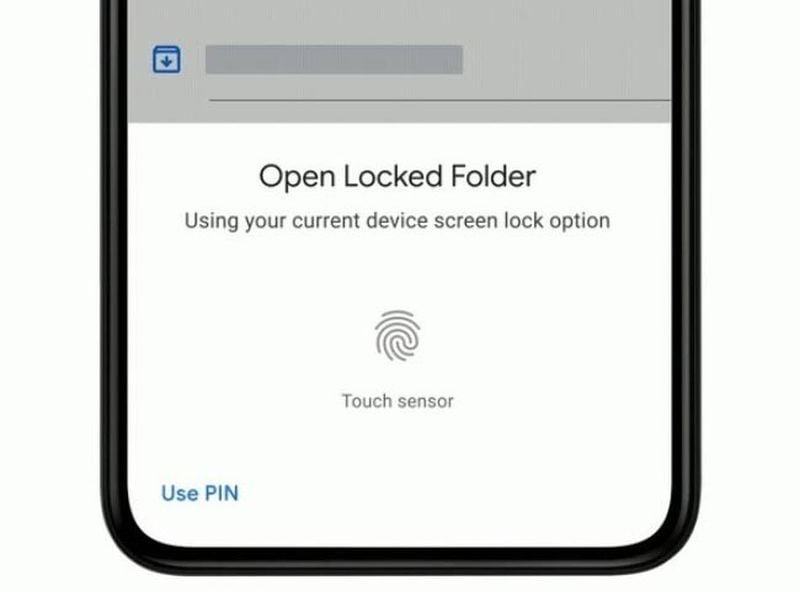
Google Photos will become more private sometime in 2021 when the ability to password protect photos will arrive so that no one can see them unless you use a PIN code or the biometrics of the phone.
Google has announced that Google Photos will add a ‘hidden folder’ so you can include in it photos and videos that you don’t want to appear in the grid or shared albums. It will debut first on the Google Pixel and then come to the rest.
Google Maps
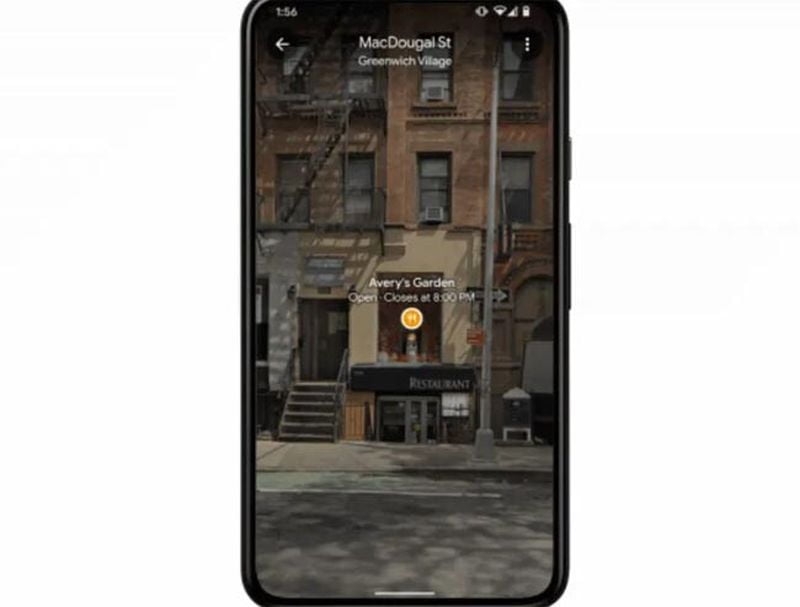
As it could not be otherwise, Google has taken the opportunity to announce a good amount of news that is on the way to its map service. Google Maps will improve its augmented reality view with more information such as the amount of traffic at a location, reviews, or recent photos of a place.
The maps themselves promise a greater level of detail in 50 cities, including indicating on the map areas that are especially crowded. The icons displayed on the map themselves will also be optimized for your preferences, highlighting different places depending on the time of day. There are also changes in the routes: Google Maps will suggest the fastest route that is also the safest.
Project Starline
Project Starline is not an application, but a combination of software and hardware to talk to a person at a distance as if they were in front of you. To increase the realism of video calls, the system captures the image in depth using cameras and depth sensors.
Project Starline requires special equipment to capture your image and a special “frame” or screen to project the image of the other person. This screen shows the other person as if they were in front of you as if they were a realistic 3D hologram. The result we can see in the promotional video is simply exceptional, although we will have to wait until “later 2021” to know more details.

